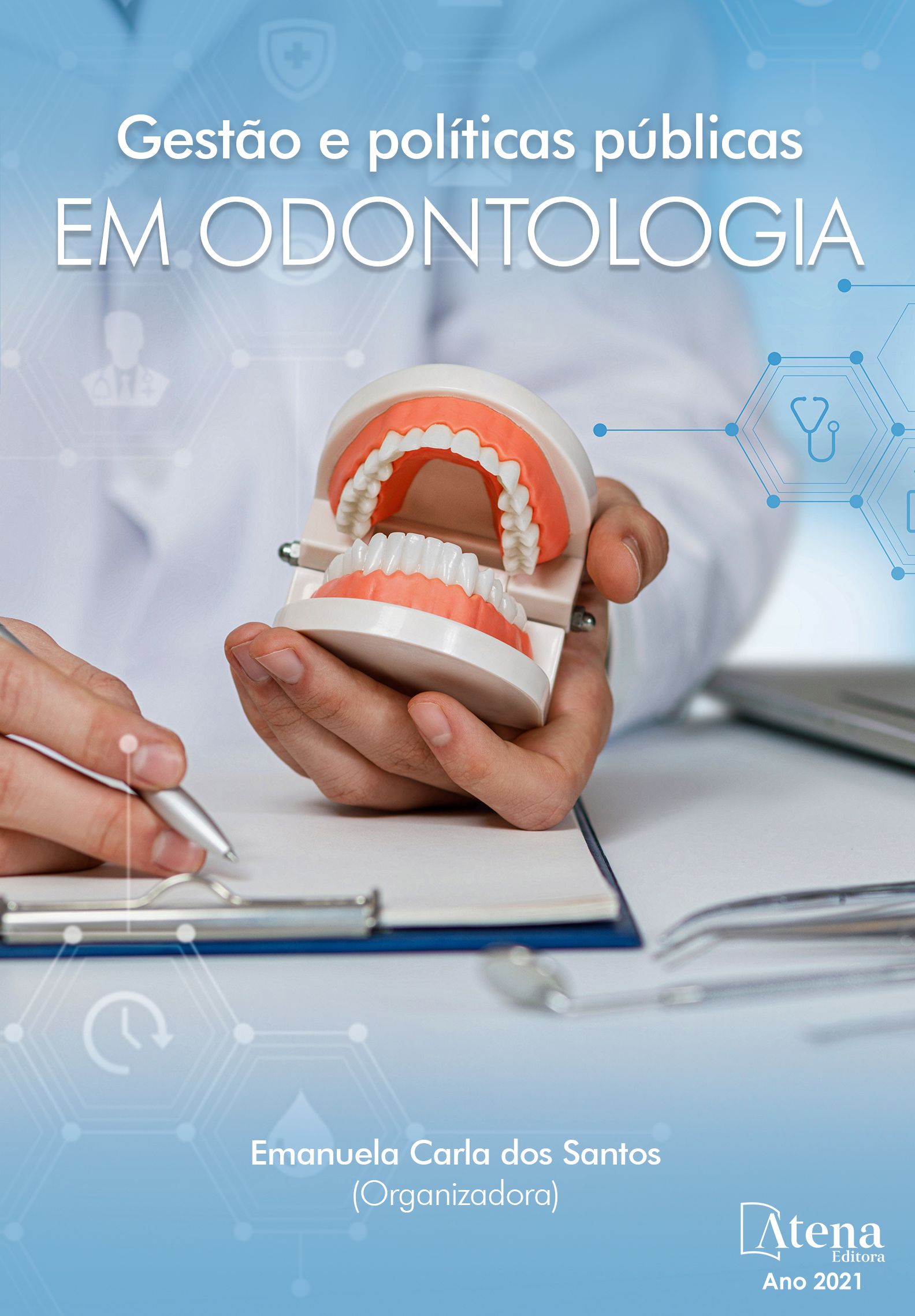
CIRURGIA ORTOGNÁTICA EM PACIENTE COM SÍNDROME DE DOWN: RELTATO DE CASO
RESUMO: Introdução: A Síndrome de Down (SD) é uma doença autossômica congênita, caracterizada por deficiência de crescimento e do desenvolvimento mental. Esses pacientes apresentam um crânio pequeno, encurtamento do terço médio da face, depressão do osso nasal, região malar aplainada, ramo e corpo mandibular diminuídos, sínfise diminuta e projetada anteriormente, e olhos inclinados para cima. O crescimento maxilar sagital está intimamente relacionado ao crescimento da base do crânio. Pacientes com SD podem ter mordida cruzada posterior, mordida aberta anterior, Classe III dentária e/ou esquelética, anodontias, subdesenvolvimento da musculatura orofacial, deficiência no selamento labial e projeção da língua contra os dentes, o que acarreta um mal posicionamento dentário, comprometendo a saúde bucal. Além disso, vias aéreas reduzidas, macroglossia, hipertrofia das amígdalas, problemas de sucção, fala e mastigação estão normalmente relacionadas à Síndrome de Down. Objetivo: Relatar um caso de uma paciente portadora de SD, Classe III de Angle, em que foi feito avanço da maxila e do mento, com aposição de enxerto ósseo. Após a cirurgia, a paciente evoluiu bem, com oclusão estável. Conclusões: As vantagens advindas da cirurgia ortognática levam à correção da deficiência no crescimento fisiológico, proporcionando uma melhora na função e estética.
CIRURGIA ORTOGNÁTICA EM PACIENTE COM SÍNDROME DE DOWN: RELTATO DE CASO
-
DOI: 10.22533/at.ed.1102206011
-
Palavras-chave: Cirurgia ortognática, síndrome de down, ortodontia.
-
Keywords: Orthognathic surgery. Down syndrome. Orthodontics.
-
Abstract:
Introduction: Down syndrome (DS) is a congenital au- tosomal disease characterized by a deficiency of growth and mental development. These patients have a small skull, midface shortening, nasal bone depression, flat- tened malar, mandibular branch, body and symphysis decreased, and eyes tilted upward. The sagittal maxil- lary growth is closely related to the skull base growth. DS patients may have posterior cross bite, open bite, dental and/or skeletal Class III, underdevelopment of orofa- cial muscles, deficiency in the lip seal, tongue projection against the teeth, which carries a bad teeth positioning compromising the oral health. These patients also have a reduced airway, macroglossia, hypertrophy of the tonsils, suction problems, speech and chewing are usu- ally related to Down syndrome. Objective: To report a case of a Angle Class III patient with SD. It was made a maxillary and chin advancement, also a bone graft on the chin. After the surgery the patient had a stable occlusion. Conclusions: It can be concluded that the benefits aris- ing from orthognathic surgery to correct causes of disabil- ity in the physiological growth providing an improvement in function and aesthetics.
-
Número de páginas: 10
- Daniel Miranda de Paula
- Marina Gonçalves de Andrade
- Mariana Machado Mendes de Carvalho
- Weber Ceo Cavalcante
- Rodrigo Andrade Lima


